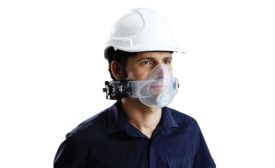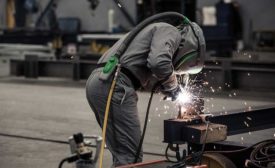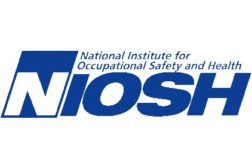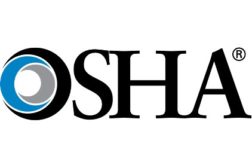Home » Keywords: » respiratory protection program
Items Tagged with 'respiratory protection program'
ARTICLES
What is a Respiratory Protection Program and when do you need one?
Clean, comfortable, compliant
May 5, 2020
NIOSH’s “favorite holiday” is right around the corner
N95 Day Twitter chat, webinar will focus on preparedness
August 22, 2014
Union complaint leads to $117,000 in fines against Ill. company
Citations issued in August, October and December
December 20, 2013
OSHA citations like déjà vu for NY metal fabricator
Rothe Welding faces $50,000+ in new penalties for old violations
April 4, 2013
Become a Leader in Safety Culture
Build your knowledge with ISHN, covering key safety, health and industrial hygiene news, products, and trends.
JOIN TODAYCopyright ©2025. All Rights Reserved BNP Media.
Design, CMS, Hosting & Web Development :: ePublishing






